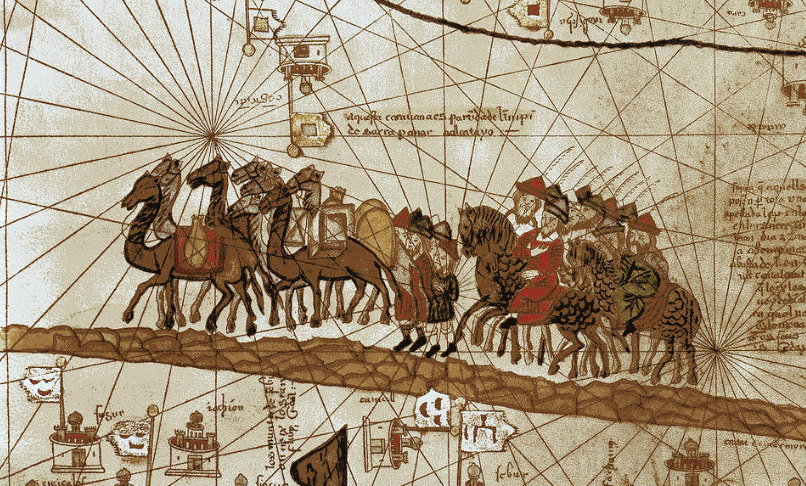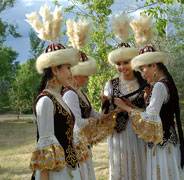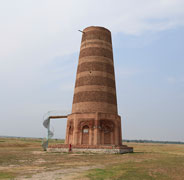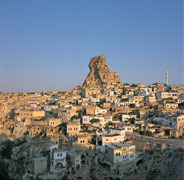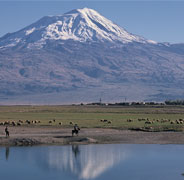About the Silk Road
The Silk Road, the ancient network of trading routes stretching more than 15,000 kilometers from Japan, the Korean Peninsula through today’s Central Asia, Caucasus and Anatolia to the Mediterranean Sea, dates back to the second century BC.
Formally established during the Han Dynasty of China (221–207 BC), the network began to be used regularly from 130 BC, when the Han officially opened trade with the West.
However, the greatest legacy of the Silk Road was the exchange of ideas and beliefs: culture, art, religion, philosophy, technology, language, science and architecture. It left an indelible mark on famous travelers, philosophers and warriors - from Marco Polo to Genghis Khan and the Sufi poet Rumi.
During antiquity some of the main traders along the Silk Road were the Chinese, Arabs, Somalis, Syrians, Jewish People, Persians, Greeks and Romans.

